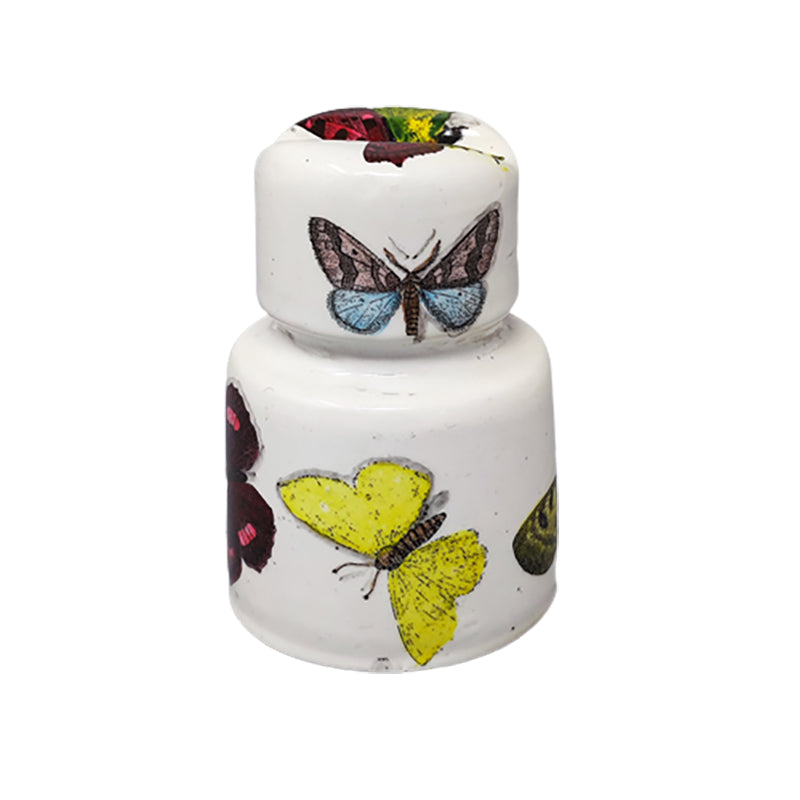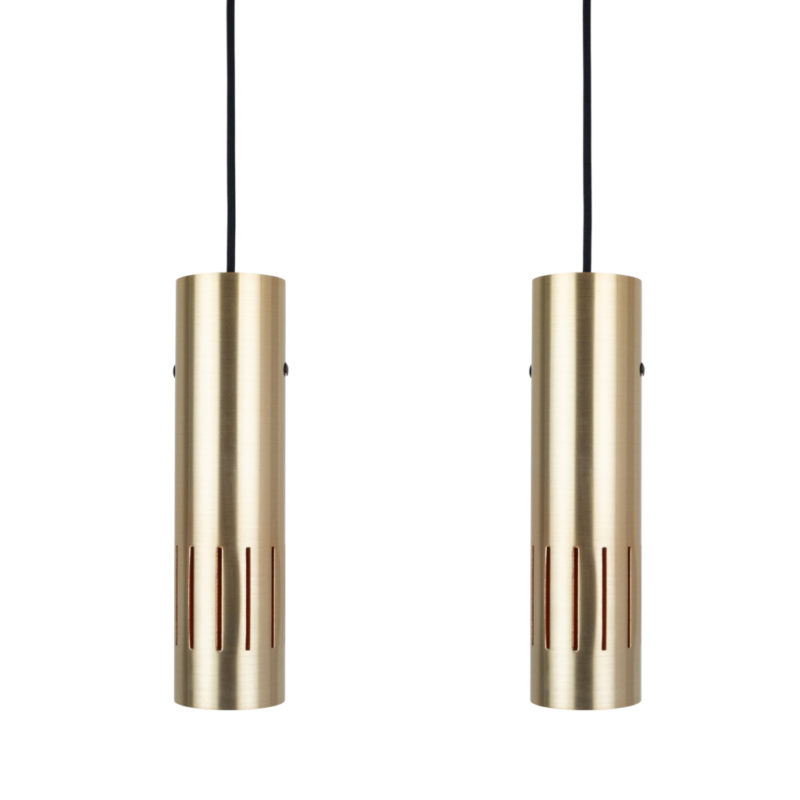yes I thought something like ...
yes I thought something like a thin fishing net might do the job. From what I've read lately things like Venetian polished plaster are having a renaissance in modern architecture, the new Royal Society or Natural History museum has a big polished plaster cocoon used for storage, I will try and find an image.
On a side note I was reading about Palladio last week and apparantly a Venetian foot as a unit of measurement was slightly larger than what was in use at the time, the tendency to round up to whole numbers resulted in a more generously sized doors, windows etc.
I don't know if this is plaster or not, but I like it.
You need to use something tha...
You need to use something that will hold up to the alkalinity of the plaster over time. Metal screening will corrode and most fabrics will deteriorate. There is a fiberglass mesh that is made for this kind of application but it's pricey. I don't know the name of it; just heard about it from my sister who makes hypertufa planters and garden sculptures.
I had a close call with this stuff
In high school I was screwing around with plaster of paris and made a mixture with not enough water. It cures extra hot and fast when you mix it incorrectly. My art teacher ended up bashing the mold on my hand with a hammer as soon as he saw me in trouble. I got some nasty burns and two broken fingers(served me right for misbehaving) but I never imagined that it could burn as deep as in this story. I guess that's why my teacher reacted so swiftly.
About 15 years ago
when I was an art student, some of the other students were doing quite a bit of plaster casting of faces, etc., and a professor did issue a warning about the potential for third degree burns. I believe he said someone had died doing a full body cast. I think that there can be variability in terms of how much heat is generated depending on the composition of the plaster. Other catalytic reactions, like mixing 2-part epoxies, also can generate significant heat.
There are many formulations...
There are many formulations of plaster, some generate more heat than others. And yes, if you don't mix enough water, it will get HOT. Personally, I would never make a mold of my hand in plaster. Not only is heat an issue, plaster will pull the hair off of your arms, knuckles, etc. And that, my friends, really sucks.
I'd use alginate, which is what dentists use. It's completely safe, although it will shrink a fair amount if you don't keep the mold wet. But if you work quickly, you can pour a wax or resin master into the alginate mold and make a NEW master. Then, if you want to make multiples, you could use plaster, silicone, or urethane rubber to make a proper mold of the master rather than your body part.
As far as reinforcing plaster, I've used fiberglass in rolls bought from a surfboard shop when making plaster/fiberglass mother molds. It's simple...wearing gloves, you mix your plaster (Hydrocal FGR works the best as it's very, very hard) in a rubber bowl. Cut small sheets of fiberglass and dip them into the plaster so they're saturated. Then knead the fiberglass until the fibers separate. Then lay it up over the surface you want to make a copy of (the inside of a mold, your wall, etc).
Just take care to wear a mask and goggles when cutting the fiberglass sheets...those fibers will float everywhere and embed themselves into your lungs. :/
fm
Just poured
a plaster mold last night.
Aprox 2 gallon capacity box.
Enough heat was generated to melt the polystyrene
at the opening, where the heat was escaping.
Melting point aprox 240c ?
It was a rush as always...we just hand-saw it apart before the
plaster cools and dries making a 2 part mold.
A large plaster box when wet is extremely hard to break.
We rushed a few molds the last few days and many stories
were told by my crew of near plaster disasters while
playing around with castings in their youth.
A multi-part mold has much more surface area for the heat to
escape as it cools as in Koen's experience.
A dry plaster mold is very easy to break. Not a wet one.
The posted article seems a possible event to me.
The story has been ...
...confirmed by so many sources, that in spite of my many years of experience I have to believe it. By the way, depending on testing methods Polystyreen starts to deform at 70 degrees C (Martens) 88 (Vicat) and 76 (ISO R75A) At 170 degrees C. it starts to burn.
If you need any help, please contact us at – info@designaddict.com









